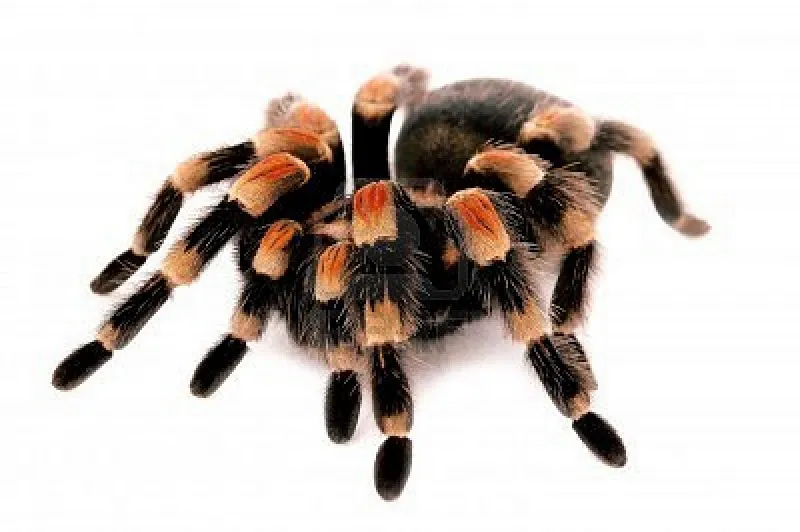Understanding Mexican Red Knee Tarantulas
The Mexican Red Knee Tarantula (Brachypelma hamorii), a captivating and popular pet, originates from the arid scrublands and tropical forests of the Pacific coast of Mexico. These spiders are renowned for their striking appearance, docile temperament, and relatively long lifespans, making them a favorite among arachnid enthusiasts. However, potential owners must understand their unique needs, including their feeding habits and ability to fast. This article delves into the fascinating world of these creatures, exploring their dietary requirements, the factors influencing their fasting capabilities, and how to ensure their well-being. This is crucial for any owner.
About the Mexican Red Knee Tarantula
Before addressing their fasting abilities, a basic understanding of the Mexican Red Knee Tarantula is necessary. They belong to the tarantula family, known for their large size and hairy appearance. The Red Knee is particularly striking with its black body and vibrant red-orange markings on its leg joints. These spiders are relatively slow-moving and generally non-aggressive, which contributes to their popularity. They are terrestrial spiders, spending most of their time on the ground, often burrowing or seeking shelter under rocks and logs. Their natural habitat is key to understanding their needs, including their tolerance for periods without food.
Appearance and Habitat
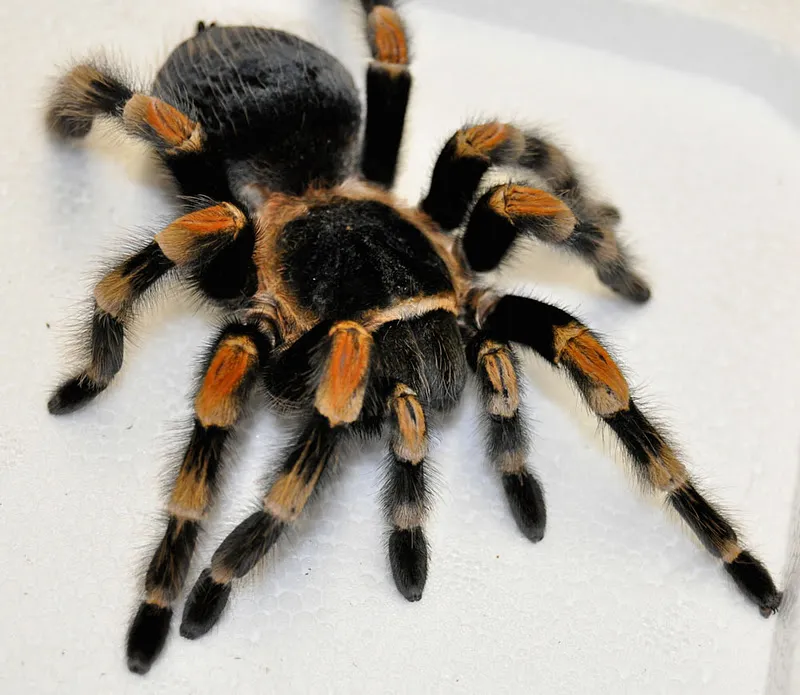
The Mexican Red Knee Tarantula, with its black body and distinctive red-orange leg joints, is a visually striking spider. Their carapace is typically dark brown, and the abdomen is covered in urticating hairs, used for defense. In their natural habitat, they live in burrows or under rocks in the arid scrublands and tropical forests of the Pacific coast of Mexico. These environments are often subject to seasonal changes, which influence the spider’s activity levels and feeding patterns. Understanding these environmental factors is crucial when replicating their natural habitat in captivity, as it directly affects their health and behavior. They also can tolerate various temperature changes.
Diet and Feeding Habits
In the wild, Mexican Red Knee Tarantulas are opportunistic predators. Their diet primarily consists of insects such as crickets, grasshoppers, and beetles. They also occasionally consume small vertebrates like lizards and rodents, especially when they are young. In captivity, they should be fed a varied diet of appropriately sized insects. Young tarantulas need to be fed more frequently, while adults can go longer periods without food. The frequency of feeding should be adjusted based on the spider’s age, size, and overall health. It’s also essential to remove any uneaten prey from the enclosure to prevent stress and potential harm to the tarantula.
Factors Affecting Fasting
Several factors influence how long a Mexican Red Knee Tarantula can survive without food. These spiders have adapted to survive periods of food scarcity in their natural environment. Their ability to conserve energy and slow down their metabolism allows them to endure extended fasting periods. The duration they can go without food varies based on a combination of factors, which every owner should understand. It is essential to recognize that while they can fast, it is not advisable to intentionally deprive them of food for extended periods.
Tarantula’s Age and Size
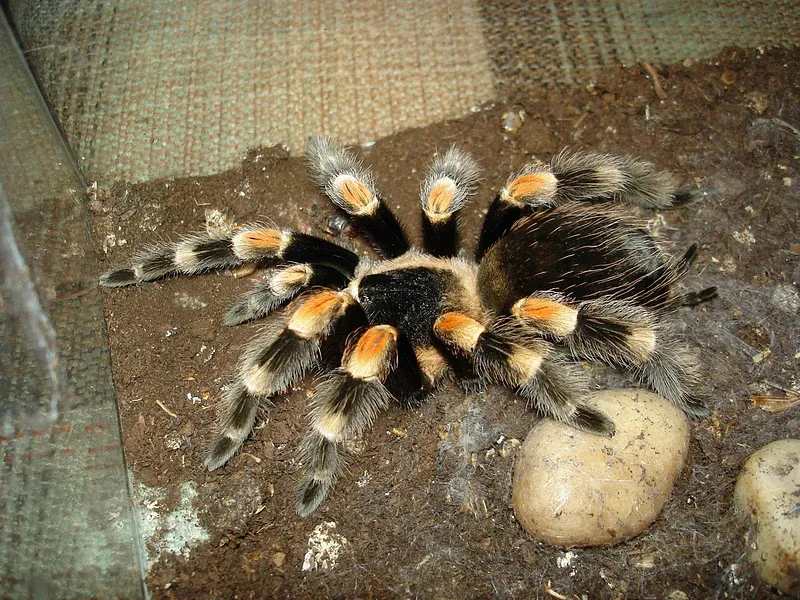
Younger tarantulas, or spiderlings, have higher metabolic rates and, therefore, require more frequent feeding. They cannot survive as long without food as adults. As they mature and grow, their metabolism slows down, allowing them to go longer periods without eating. Adult Mexican Red Knee Tarantulas can typically survive for several months without food, provided they are healthy and well-hydrated. The size of the tarantula also influences their fasting capabilities; larger individuals have more stored energy reserves.
Environmental Conditions
Environmental conditions, particularly temperature, significantly impact a tarantula’s metabolism and food requirements. Warmer temperatures generally increase their metabolism, leading to a higher need for food and water. In cooler conditions, their metabolism slows down, and they may eat less frequently. Humidity levels also play a role; proper humidity helps maintain their health and hydration, which is crucial during fasting periods. Maintaining optimal environmental conditions helps tarantulas thrive, no matter what is happening with their eating habits. The correct setting is key to your tarantula’s survival.
Health and Hydration
The overall health and hydration of a tarantula are critical factors in its ability to fast. A healthy tarantula with adequate hydration can withstand longer periods without food. Dehydrated tarantulas are more susceptible to health problems and may not survive long fasting periods. Providing a constant supply of fresh, clean water is essential. Regular health checks and monitoring for signs of illness are vital to ensure the tarantula is in optimal condition. Health and hydration are also key factors for all living creatures.
Monitoring Your Tarantula
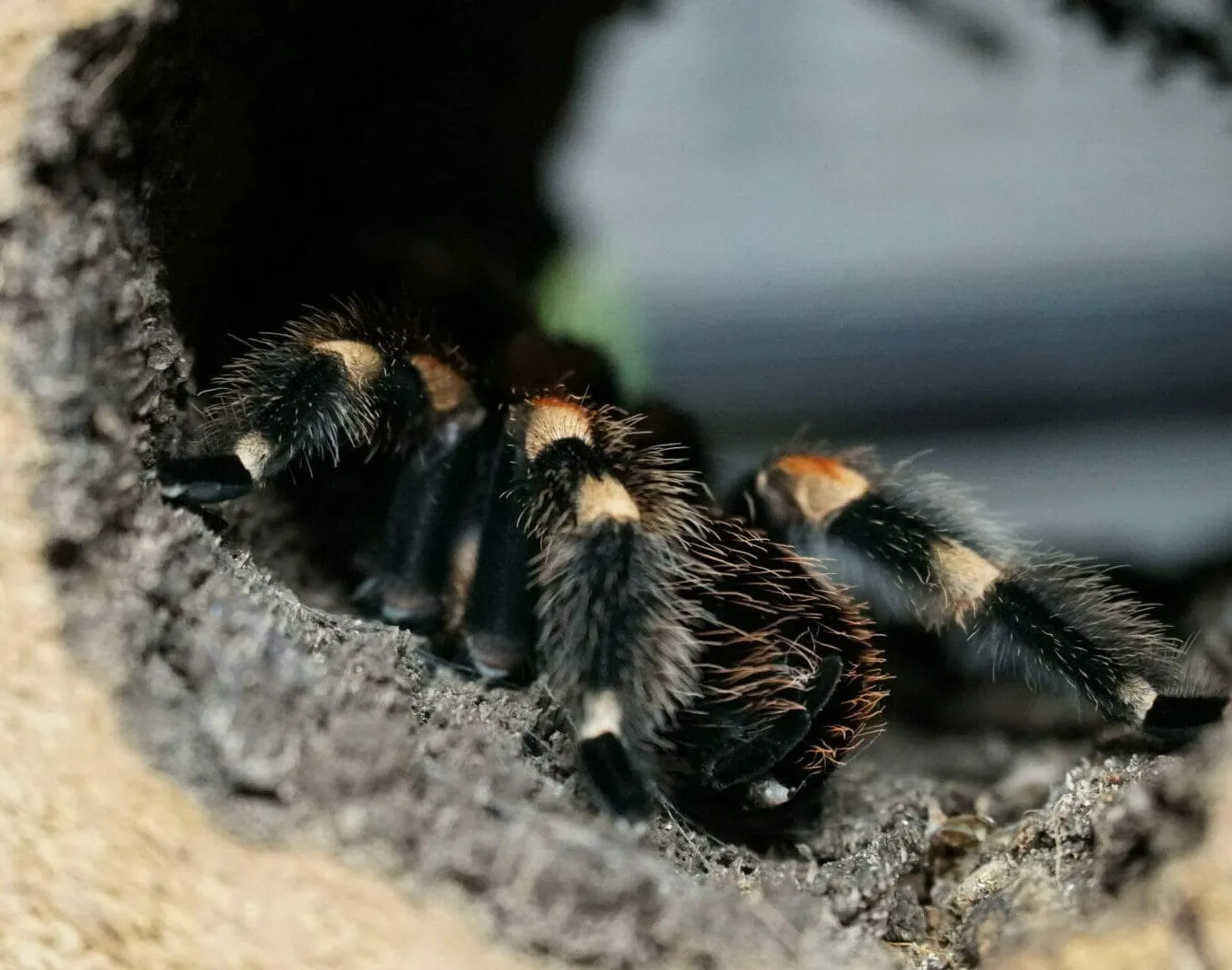
Regular monitoring of your Mexican Red Knee Tarantula is essential to ensure its well-being, especially during periods of fasting. This includes observing its behavior, physical condition, and the environment in which it lives. Proper monitoring helps detect any signs of stress, illness, or dehydration, enabling prompt intervention. By maintaining a close watch, you can make adjustments to their care routine and ensure they remain healthy and thriving. Also, note any unusual behaviors, like refusing food for an extended period or a change in their movement patterns.
Signs of a Healthy Tarantula
A healthy Mexican Red Knee Tarantula exhibits specific characteristics. They typically have a plump abdomen, indicating adequate hydration and nutritional reserves. Their legs should be firm and move smoothly. They should be alert and responsive to their environment, though they may spend much time in hiding. Healthy tarantulas often exhibit good appetite and readily accept food. The absence of these signs can indicate stress or illness. A healthy tarantula will also show the natural colors of their kind.
When to Be Concerned
It’s important to be aware of signs that might indicate a problem with your tarantula. Prolonged refusal to eat, especially in a previously voracious eater, can be a sign of illness or stress. A shrunken abdomen may indicate dehydration or malnutrition. Lethargy, loss of coordination, or unusual posture are also concerning. If you notice any of these signs, you should consult a veterinarian experienced in exotic pets. Do not hesitate to seek professional help if you are worried about your pet’s health.
Feeding Guidelines and Tips
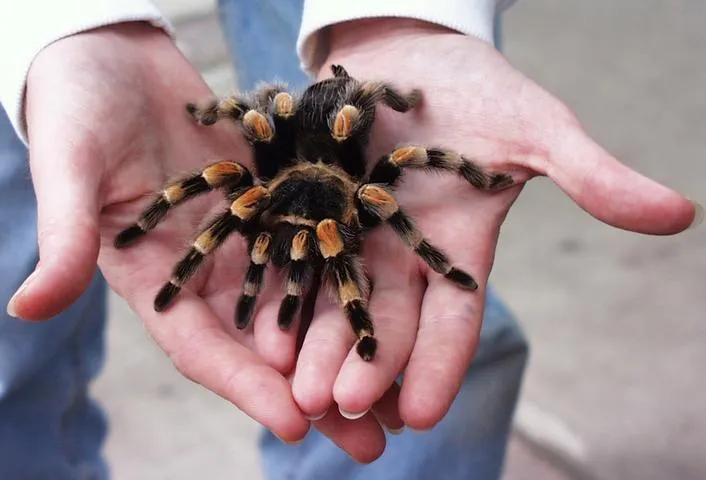
Proper feeding practices are crucial for the health and well-being of your Mexican Red Knee Tarantula. While these tarantulas can survive extended fasting periods, they still need regular feeding to thrive. Providing the right diet and adhering to these guidelines ensures that your pet remains healthy and happy. A well-fed tarantula is more resistant to diseases. Avoid overfeeding and never leave live prey in the enclosure for extended periods to prevent stress.
Creating the Right Environment
Creating the right environment is crucial for the health of your Mexican Red Knee Tarantula. The enclosure should be appropriately sized, with enough space for the tarantula to move around comfortably. The substrate should be suitable for burrowing and maintaining humidity. Provide hiding places like cork bark or artificial plants. Ensure the enclosure is well-ventilated to prevent mold and maintain good air quality. Maintaining the proper enclosure is just as important as feeding.
Optimal Temperature and Humidity
Maintaining the correct temperature and humidity levels is essential for the tarantula’s well-being. The ideal temperature range for a Mexican Red Knee Tarantula is between 75-85°F (24-29°C). Humidity levels should be maintained between 60-70%. Use a thermometer and hygrometer to monitor these conditions. Adjust the temperature and humidity using a heat source, if necessary, and by misting the enclosure with water. Make sure the environment meets your spider’s needs at all times, so it does not get stressed.
Providing Water
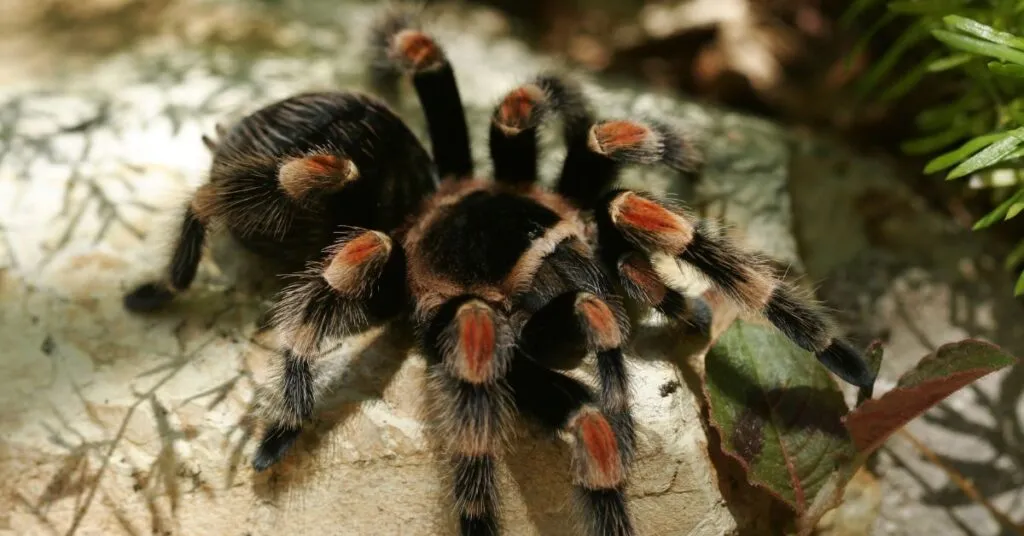
Always provide a shallow water dish with fresh, clean water. Replace the water regularly to prevent the growth of bacteria and maintain hygiene. For smaller tarantulas, use a water dish that is shallow enough to prevent them from drowning. Monitoring the water level is essential, especially during extended fasting periods, as the tarantula will need to stay hydrated. A water source should be always available, so your tarantula does not get dehydrated.
Conclusion
Mexican Red Knee Tarantulas are fascinating creatures that can survive extended periods without food. Factors such as age, environmental conditions, and overall health influence their fasting capabilities. By understanding their needs, monitoring their behavior, and providing proper care, you can ensure your tarantula’s well-being. While they can survive fasting, regular feeding and a suitable environment are crucial for their long-term health and happiness. Owners need to be prepared and well-informed, and providing excellent care is the key to enjoying these amazing creatures for many years.
